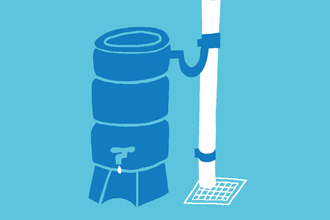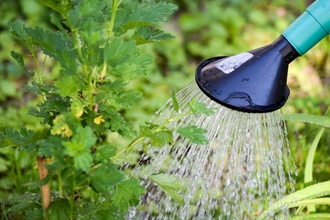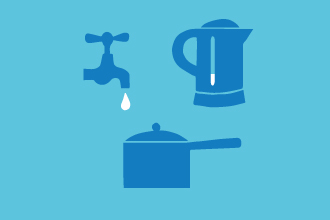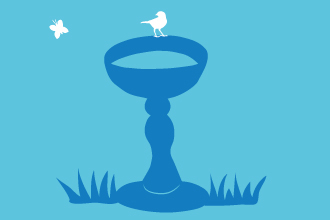Saving Water
Make it part of an early morning mindfulness routine to hydrate garden plants with a watering can to save on water. Target specific plants and make sure the drenching reaches the roots which absorb water during the day. Add mulch and bark to reduce evaporation by up to 75% to ensure your plants grow and thrive. Evening watering is the second best time of day when it's cooler.
Water is a precious resource and supplies are under pressure from the effects of climate change and population growth. So sprinklers spouting 1,000 litres an hour should not be left running, especially when the water evaporates so quickly. There is really no need to water the lawn, as brown grass will go green again when it rains. Consider adapting your garden to climate change by planting drought-resistant plants, which need less water too.
Collect rain in water butts, upturned buckets, trugs, empty wheelbarrows or in garden ponds. By making the most of rainy days, we will have reserves for watering our growing plants during dry weather, hose pipe bans and also be helping wildlife too. Using less water ourselves will ensure there is plenty left in our ecosystems, rivers and wetlands for wildlife like fish and otters. It can also save energy and money, if you are on a meter.
Water for wildlife
From a tiny birdbath to a spacious pond, providing water in your garden is one of the best ways to attract and help wildlife. We've got some great tips for creating water features that wildlife will love!





